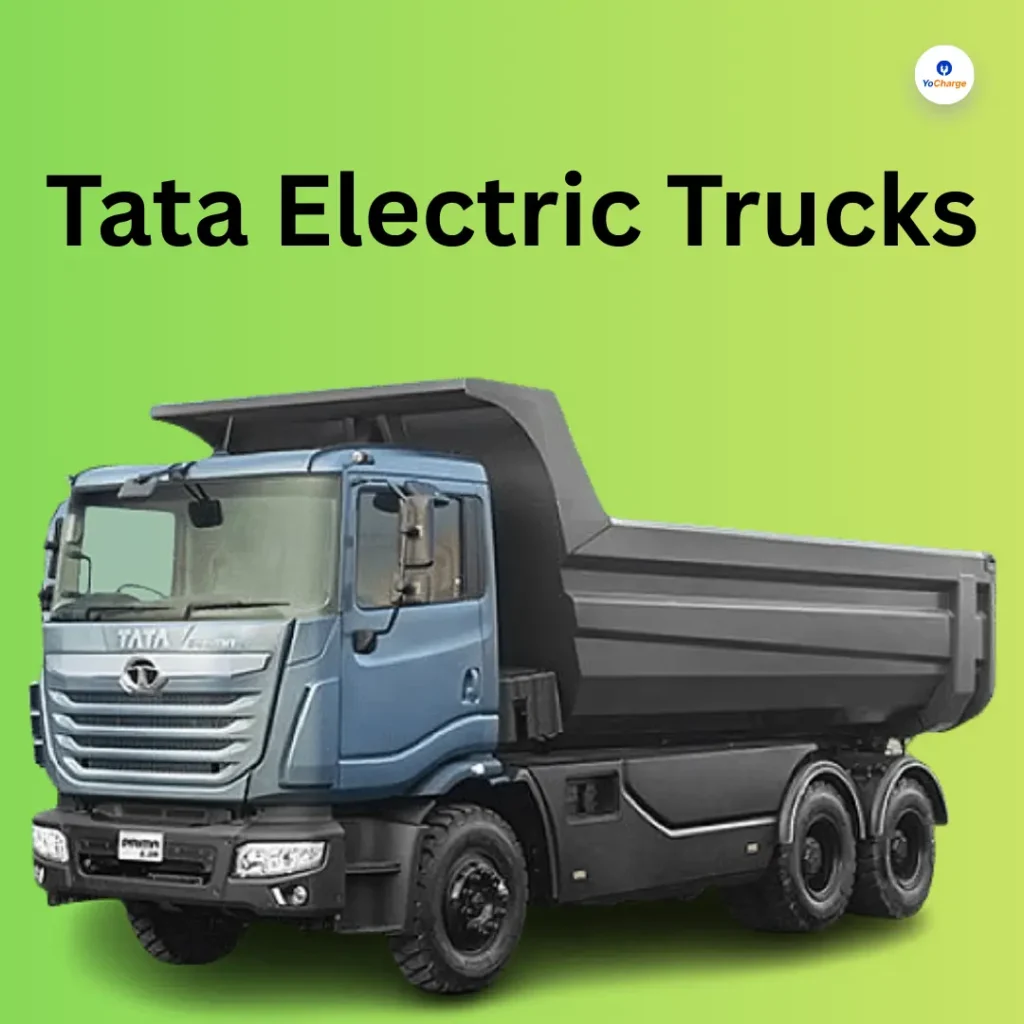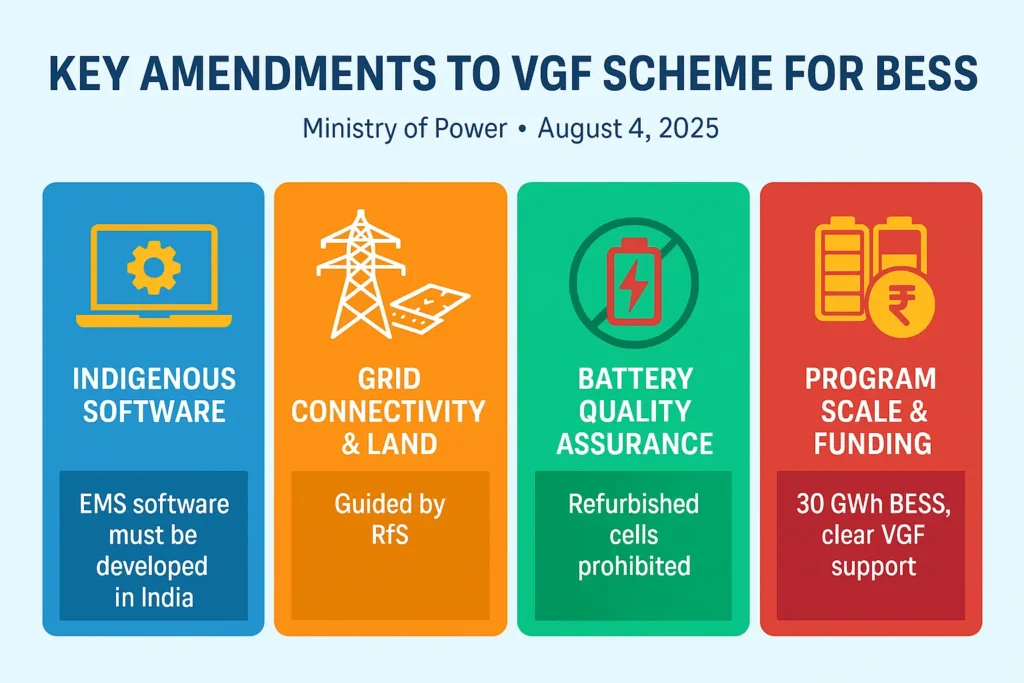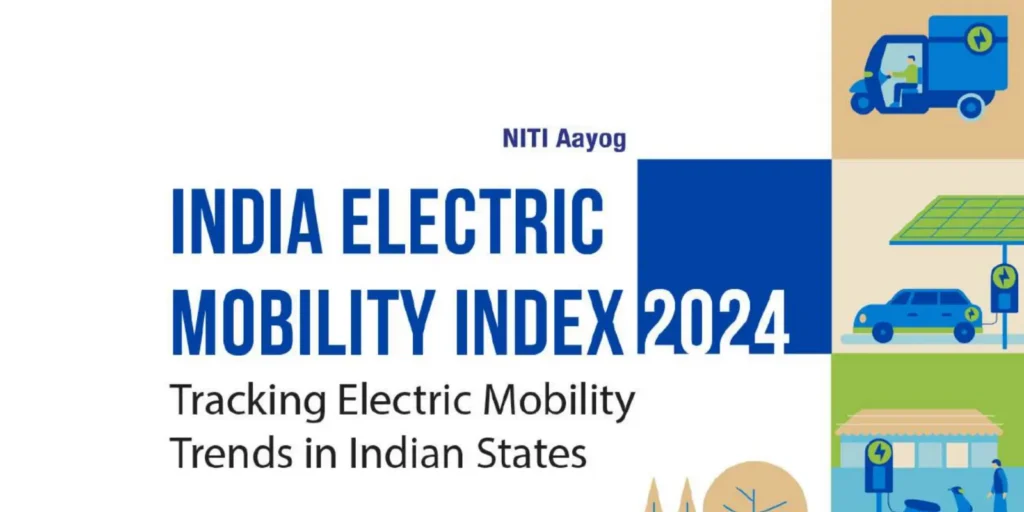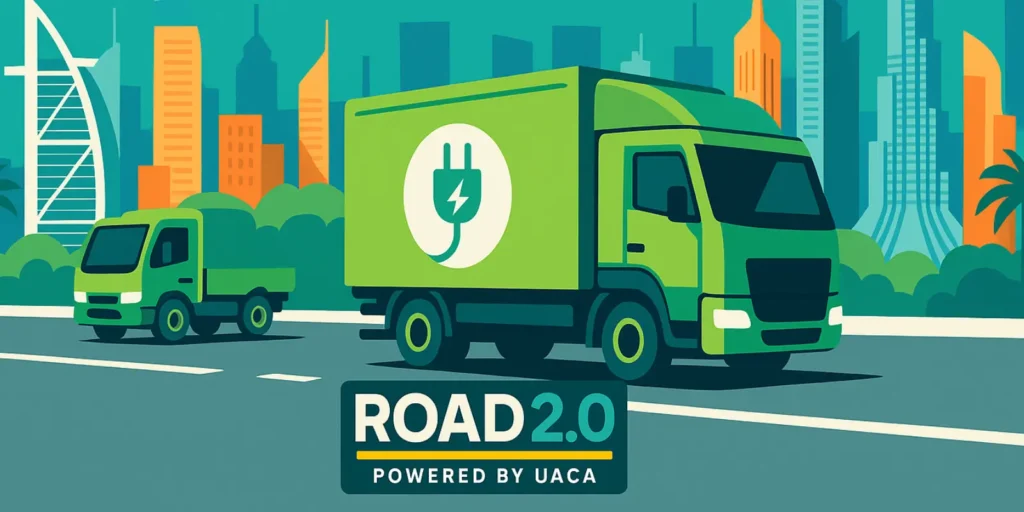The year 2022 saw India Auto Inc set sales records across all vehicle sectors, and it also saw a huge increase in EV Sales, which reached 999,949 units. Future EV development will be fueled by rising eco-awareness among consumers, incentives, and a larger range of product options. The 999,949 EVs sold in CY2022 represent a significant 210% year-over-year growth over the 322,871 units sold in CY2021.
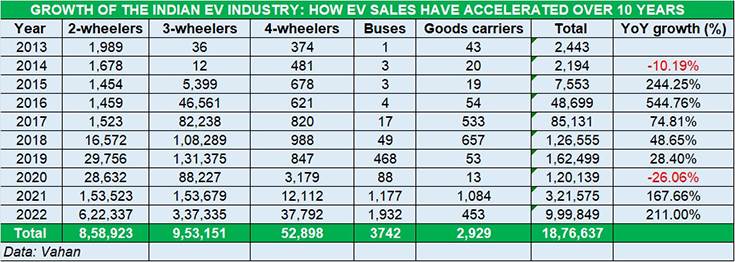
EV sales in India in 2022 record 210% growth
This significant figure is based on retail statistics posted on the Vahan portal of the Indian government on December 31 at 10 p.m., a few hours before the year 2022 turned into 2023. The million EVs milestone might have been barely exceeded if a few additional new car registrations, particularly barely exceeded if a few additional new car registrations, particularly to CY2022, had been added to the aggregate total a few days later due to the lag effect.
Additionally, the state of Telangana and sales information from the armed forces are not included in the Vahan site statistics. As a result, in this hypothetical situation, technically, India would have sold one million EVs total in CY2022 across all vehicle segments for the first time.
The electric vehicle (EV) market has shown impressive growth in the past year. The 999,949 EVs sold in CY2022 represent a significant 210% year-over-year increase over the 322,871 units sold in CY2021. The two- and three-wheeler markets, both referred to as the “low-hanging fruits” of the EV business, are responsible for the majority of the growth. It makes sense that they are the main drivers of EV sales because they are more cheap than the electric passenger car or commercial vehicle segments.
Contribution of EV Sales in India by two-wheelers
Electric two-wheelers represent 622,337 units, or 62.23% of all EV sales in India in 2022. They also represent 4% of the country’s total two-wheeler market, which had cumulative sales of 15.3 million two-wheelers (1,53,07,255 units). Market leader Ola Electric has 108,130 units, followed by Okinawa Autotech, which is only 6,764 units behind with 101,366 units.
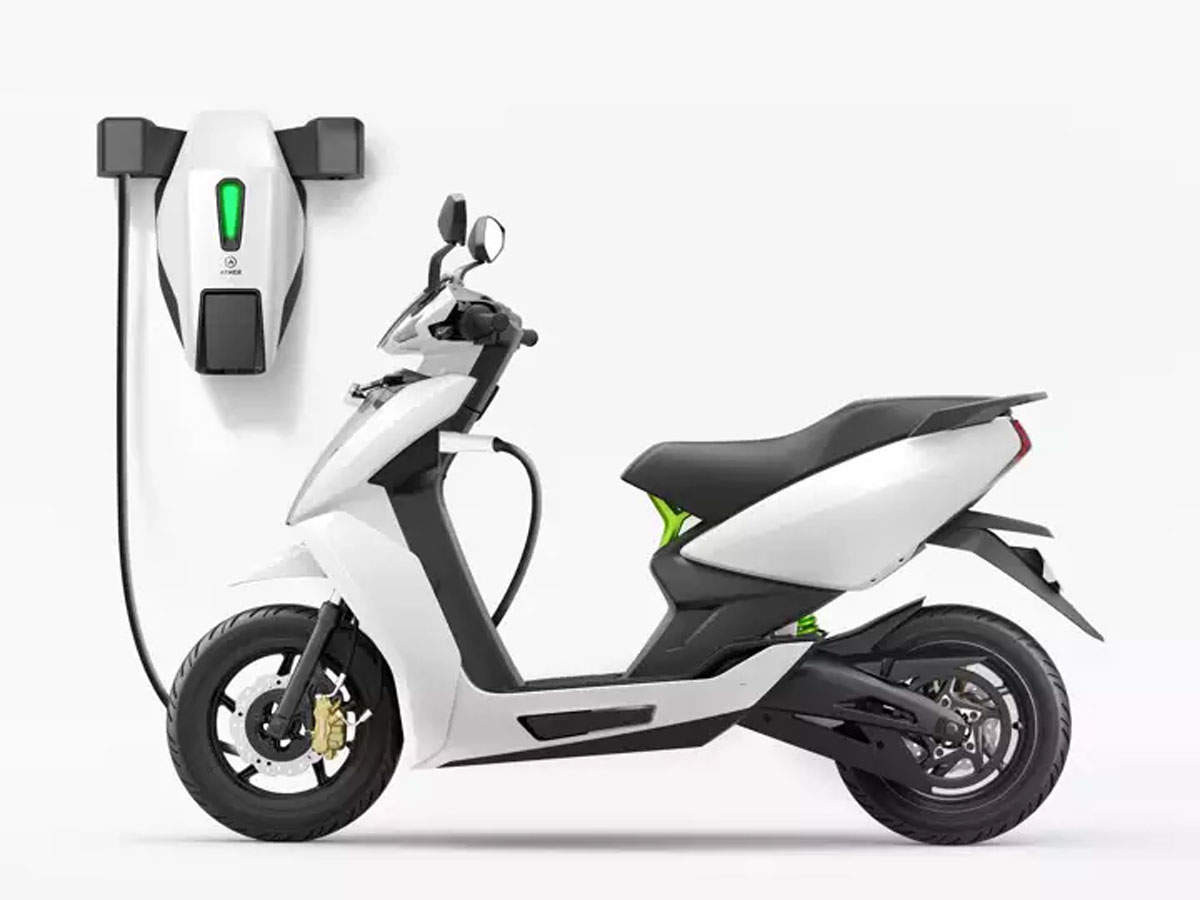
550,562 units, or an astounding 89% of total sales, are accounted for by the top 10 OEMs, which include Ola Electric, Okinawa Autotech, Hero Electric, Ampere Vehicles, Ather Energy, TVS Motor Co, Bajaj Auto, Pur Energy, Revolt Intellicorp, and Being India Energy. Another 20 or so OEMs are also engaged in a competitive struggle for a piece of the lucrative e-two-wheeler industry in India.
Contribution of EV Sales in India by three-wheelers
With 337,335 retailed units in CY2022, electric three-wheelers are the other significant growth driver for the EV sector and account for 34% of all EV sales. Market leader in 2022 with an expected 27,814 units and an 8.24% market share is YC Electric Vehicles. Saera Electric Auto is in second place overall with 18,364 units, followed by Mahindra Reva Electric in third with 15,485 units for e-three-wheeler OEMs. Other impressive results came from Piaggio Vehicles (6,978), Champion Polyplast (12,695), Mini Metro (10,457), Dilli Electric Auto (13,148 units), and Lectrix EV (6,978).

Contribution of EV Sales in India by four-wheelers
According to Vahan EV retail sales data for CY2022, the electric four-wheeler segment sold a total of 37,792 units, including 4,968 electric PVs and 32,824 motor vehicles. Accordingly, the market for electric four-wheelers in India represents a market share of close to 4%. The business with the largest portfolio of EVs, Tata Motors, has sold 30,284 units and holds an 80% market share. With 3,390 vehicles, MG Motor India holds a 9% market share.
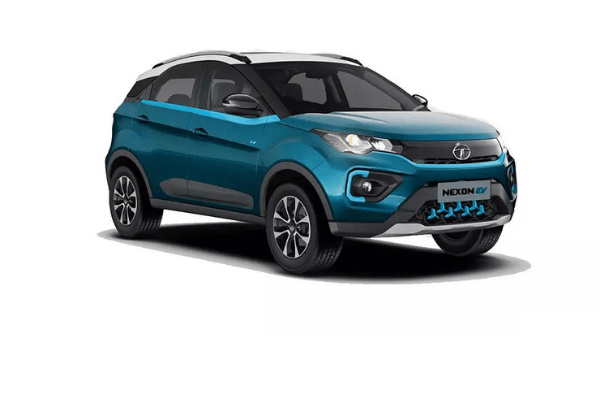
India plans to use EVs for 30% of its transportation needs by 2030, owing to the FAME program, governmental incentives, and a wider range of goods across all vehicle classes. The rise in product supply on the market, the high cost of gasoline, diesel, and compressed natural gas, as well as state subsidies and incentives provided under FAME II, are all factors that will contribute to the domestic EV industry’s sales growth in 2022. It also helps that consumers are becoming more aware of the importance of using environmentally friendly transportation. Of course, another major driver is the long-term affordability of EV ownership costs.
